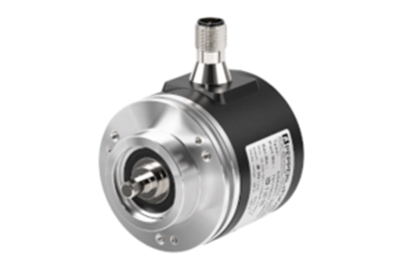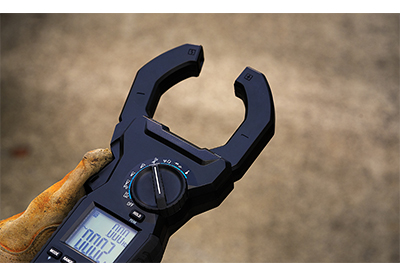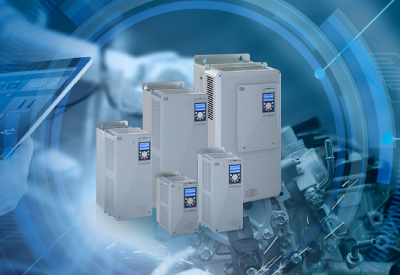IO-Link Rotary Encoder—Simplified Condition Monitoring and Increased Plant Availability

November 4, 2020
Unexpected machine downtime can be costly. This means short response times are required to ensure high plant availability in the long term. The new absolute rotary encoder with IO-Link interface from Pepperl+Fuchs helps you increase plant transparency and benefit from potential savings. With a variety of diagnostic functions and multiple settings, a wide range of applications can be solved with just one device and inventory costs can be reduced—this makes the new IO-Link encoder especially cost-efficient and flexible.
Easy Data Evaluation with Constant Transmission of Status Information
The new absolute rotary encoder detects single/multiturn position values and the direction of rotation. These values are transmitted using the COM3 industry standard and a transmission rate of 230.4 kBit/s, the fastest transmission rate for IO-Link data. The IO-Link communication provides (cyclical) process data information and enables a quick response to any critical changes. The new encoder transmits all status information with the cyclic process data and does not have to be queried via the acyclic process data.
Flexible and Cost-Effective Rotary Encoder
The new IO-Link encoder is a smart investment for users new to the field of condition monitoring and predictive maintenance. Customers can choose from an encoder with standard device settings or a custom solution with application-specific parameters. Users can parameterize the instruments themselves via PACTware or receive a preconfigured solution.
Since the rotary encoder’s identification data is always available in the IO-Link master, it is easy to replace devices in the future. Using the data storage function of the IO-Link master, all relevant parameters are stored and transferred to the new device, which significantly reduces downtime during maintenance and device replacement. The encoder is available in a 58 mm or 36 mm model, and various shaft and flange types make it easy to integrate into different applications. With an IP rating of IP65/IP67, the IO-Link encoder is suitable for use in harsh industrial conditions.
Highlights of the Rotary Encoder with IO-Link Interface
- System reliability feedback from intelligent diagnostic functions
- Simplified condition monitoring with critical detection warnings
- Flexible, configurable rotary encoder enables standardized machine design
- Variety of shaft and flange configuration options available
- IP65/67 rating for use in harsh industrial conditions








